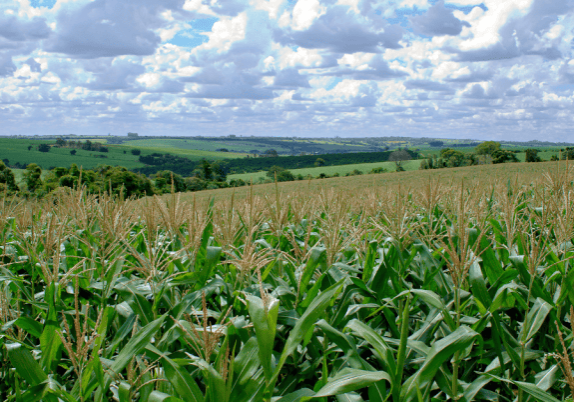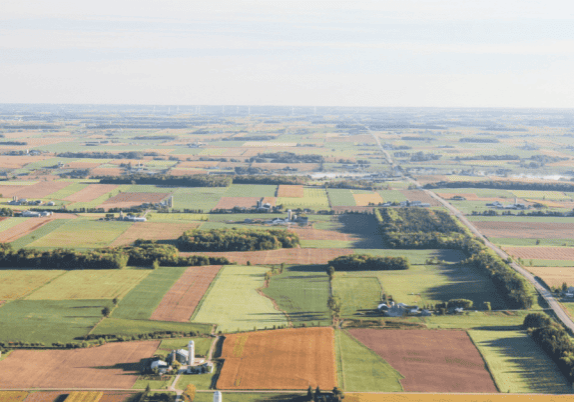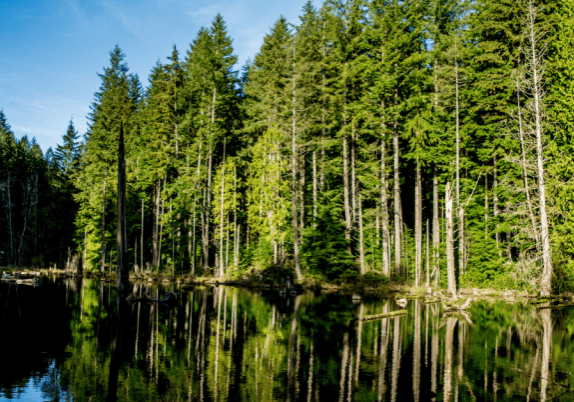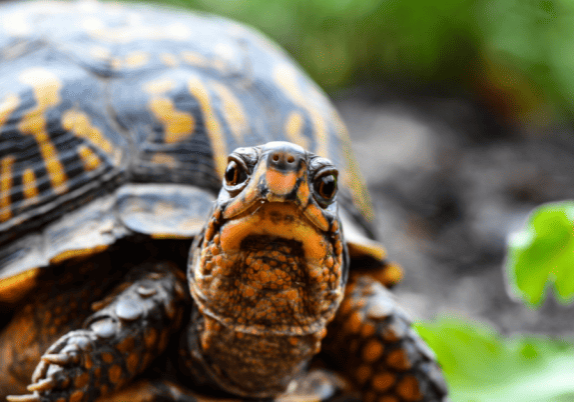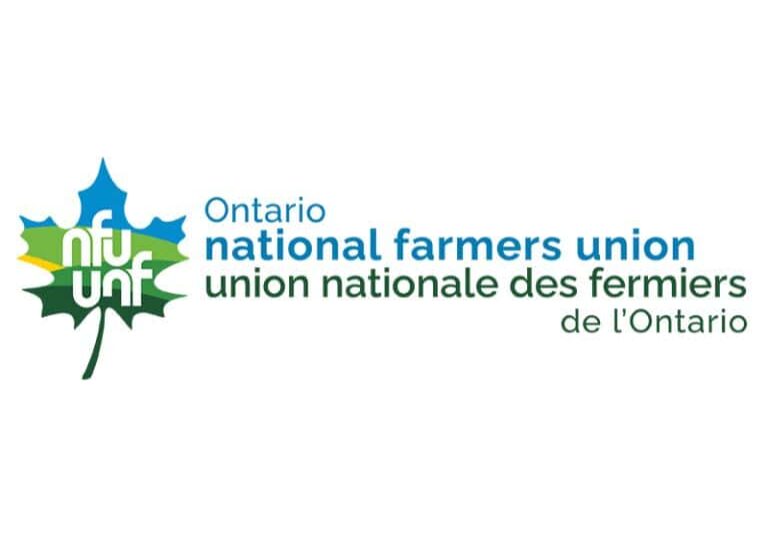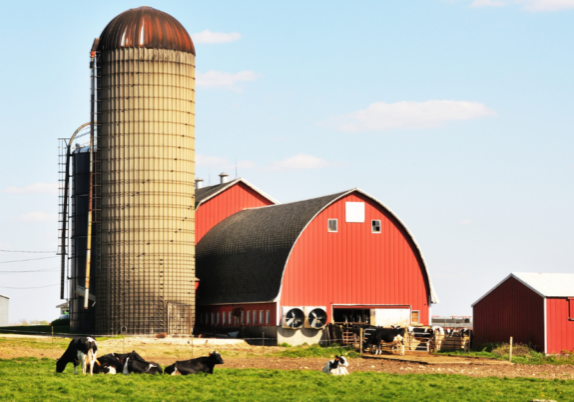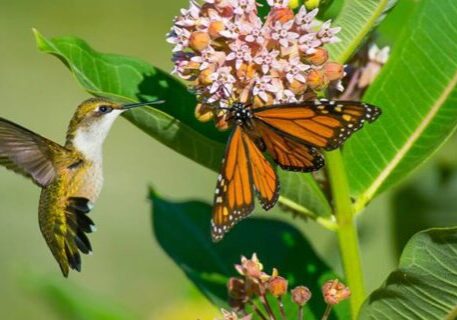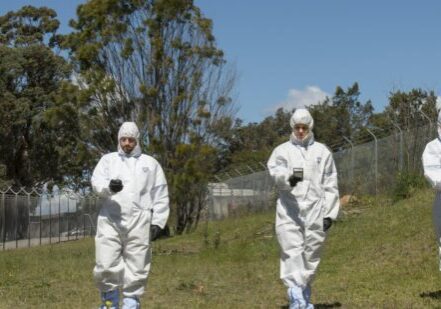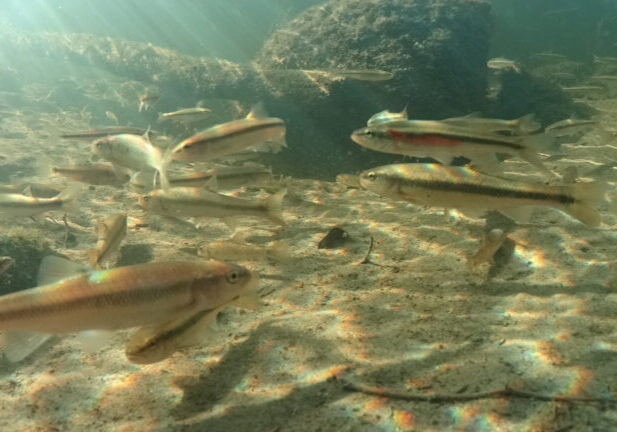Re: ERO 025-0908 – Developing guidance on section 16 activities under the Species Conservation Act, 2025
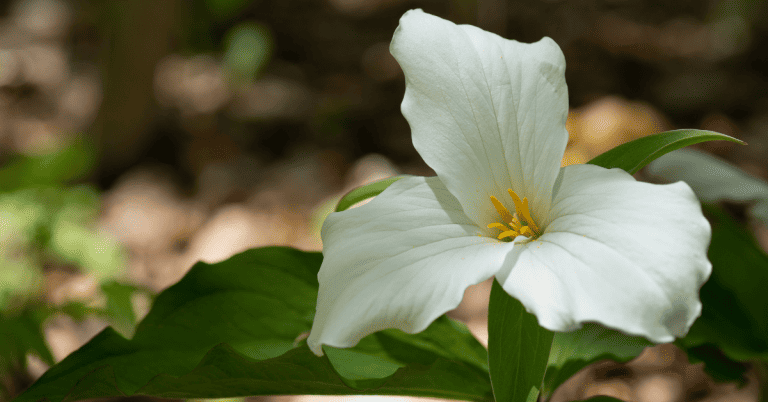
November 6, 2025
Species at Risk Branch
Ministry of the Environment, Conservation and Parks
40 St. Clair Ave West
Toronto, ON
M4V 1M2
Re: ERO 025-0908 – Developing guidance on section 16 activities under the Species Conservation Act, 2025
We, the 87 undersigned organizations, submit the following comments and recommendations on the proposal for developing guidance on section 16 activities under the Species Conservation Act, 2025 (SCA).
We reiterate our objection to the replacement of the Endangered Species Act, 2007 (ESA) with the far weaker SCA as noted in our submission on ERO 025-0380, which was not adequately addressed or responded to when the Government of Ontario proceeded to pass Bill 5. Ontario’s at-risk species need more protections, not less, in the midst of a biodiversity crisis.
This proposal to develop guidance on section 16 activities under the SCA will not fulfill the purpose of the Act “to provide for the protection and conservation of species while taking into account social and economic considerations, including the need for sustainable economic growth in Ontario”. Without a robust, evidence-based approach to defining habitat under the SCA, any guidelines developed will not be sufficient for assessing whether an activity is likely to have an impact to a protected species or species’ habitat.
Guidelines under the ESA outlined key terms, guiding principles and considerations to be made when determining whether a proposed activity would damage or destroy habitat. Similarly, the current proposal is to develop guidelines under the SCA to assess whether an activity is likely to have an impact to a protected species or species’ habitat. The key difference between the two Acts in respect to this proposal is the definition of habitat.
Under the ESA prior to the passing of Bill 5, habitat was defined as:
- a) with respect to a species of animal, plant or other organism for which a regulation made under clause 56 (1) (a) is in force, the area prescribed by that regulation as the habitat of the species, or
- b) with respect to any other species of animal, plant or other organism, an area on which the species depends, directly or indirectly, to carry on its life processes, including life processes such as reproduction, rearing, hibernation, migration or feeding, and includes places in the area described in clause (a) or (b), whichever is applicable, that are used by members of the species as dens, nests, hibernacula or other residences.
The ESA guidelines for assessing impact considered the activity details, the areas of habitat likely to be altered by the activity, and most importantly, how alteration could affect the species’ ability to carry out its life processes. As already highlighted in our submission on ERO 025-0380, the redefining of habitat under the SCA to just immediate dwellings like dens, nesting sites, or the critical root zone, will remove protections from large areas of habitat upon which species depend for survival.
We understand the Ministry is looking for input on:
- specific aspects of the previous policies and technical direction that you would suggest retaining, updating, or removing
- which components of the proposed guidance would be of greatest interest or value to you or your organization
- which species groups would most benefit from detailed habitat guidance
- any other advice or feedback you would like to share about guidance that would be helpful
However, with these fundamental differences in defining habitat, it is unclear how such guidance can actually be applied in a way that benefits species conservation. To determine the possible impact of an activity, it is necessary to determine risk to survival of the species and habitats in question, as was included in guidelines under the ESA. It is not possible to determine risk to survival of a species with any degree of certainty if all habitats required for their survival are not being considered in the assessment.
The approach to defining habitat that existed under the ESA was robust, and evidence-based. Before any guidelines can be developed for assessing the impact of activities on a protected species or species’ habitat under the SCA, the definition of habitat under the Act must be revisited.
We also want to note that while ESA habitat definitions and related guidelines for assessing impact were robust, ESA implementation was not sufficient. This was clear in many of the Auditor General’s findings in their Protecting and Recovering Species at Risk report in 2021. Particularly the findings that the total number of species at risk had risen by 22% between implementation of the ESA in 2009 and 2020, as well as the finding that no permit requests allowing harmful activities had ever been denied. It is clear a new approach to species at risk management in Ontario is needed, but the far weaker SCA is not the answer.
We reiterate our overall objection to the replacement of the ESA with the weaker SCA and highlight the following overall recommendations for species at risk management in Ontario:
- Apply a robust, evidence-based approach to defining habitat, as was done under ESA prior to the passing of Bill 5
- Reduce reliance on discretionary powers related to listing and avoid exemptions to habitat protections
- Ensure a listing and recovery approach based on science and Indigenous knowledge
- Enforce reasonable timelines for species listing and habitat protections
Ontario Nature and its partners have been leaders on species at risk ecology and monitoring for decades, and are available to provide expertise on various taxa including plants, birds, reptiles and amphibians. We are ready to work with the Government of Ontario to strengthen protections for our most vulnerable species for the long-term well-being of Ontario’s ecosystems and future generations.
Sincerely,
Tony Morris
Conservation Policy and Campaigns Director
Ontario Nature
Mary Lou Gerow
Secretary
Bancroft Field Naturalists’
Amy Schnurr
Executive Director
Burlington Green Environmental Association
Robert Roszell
Chair
10,000 Trees for the Rouge
Anne Mills
Director
Bert Miller Nature Club
Sean Southey
Chief Executive Officer
Canadian Wildlife Federation
Jessica Lax
Executive Director
Algonquin to Adirondacks Collaborative
Tom Sitak
President
Brant For Nature
Yvon Duchesne
Board Chairperson
Citizens for Marshland Conservation
James Bruce Craig
Chair
Concerned Citizens of King Township
Darlene Salter
Co-chair
Eagle Lake Farabout Peninsula Coalition
Tim Gray
Executive Director
Environmental Defence
Lesley Lavender
CEO
Federation of Ontario Cottagers’ Associations
Susan Moore
President
Friends of Salmon River
Richard Witham
Chair
Greater Sudbury Watershed Alliance
Margaret Beaudette
President
Halton North Peel Naturalist Club
Richard Heron
President
Huntsville Nature Club
Miranda Virtanen
Executive Director
Junction Creek Stewardship Committee
Pat Morden
Chair
Lakeshore Eco-Network
Michael Douglas
Chair
Concerned Citizens of Ramara
Barbara Steinhoff
Executive Director
Earthroots
Jarvis Strong
Executive Director
Escarpment Corridor Alliance
Sharon Boddy
Director
Friends of Carlington Woods/Hampton Park
Janet Stavinga
President and Co-Founder
Friends of Stittsville Wetlands
Susan Rietschin
Chair
Guelph Urban Forest Friends
Robin Harmer
Chair
Headwaters Nature
Christine Roberts
President
Huron Bruce Nature
Eric Davis
President
Kawartha Field Naturalists
Alexis Whalen
Chair
Land Over Landings
Dr. Paul Berger
Lead Organizer
CUSP – Citizens United for a Sustainable Planet
Alyssa Wright
Interim Chair
Engage Barrie Organization
Jennifer Nantais
Chairperson
Essex County Field Naturalists Club
Rob Potter
President
Friends of Nancy Island and Wasaga Beach Park
Lorraine Green
Co-chair
Grandmothers Act to Save the Planet (GASP)
Hart Jansson
Co-Founder and Chair
Halton Action for Climate Emergency Now
Sharon Lovett
Co-Chair
High Park Nature
Sheila Fleming
Co-President
Ingersoll District Nature Club
Janis Grant
President
Kingston Field Naturalists
Kerrie Blaise
Founder & Legal Counsel
Legal Advocates for Nature’s Defence (LAND)
Marilyn Murray
Chair
Lennox and Addington Stewardship Council
Jamie Kneen
National Program Co-Lead
MiningWatch Canada
Darren MacTavish
President
Nature Barrie
Joyce Sankey
Conservation Director
Niagara Falls Nature Club
James Kamstra
President
North Durham Nature
Linda Heron
Chair
Ontario Rivers Alliance
Laura Reinsborough
Riverkeeper and CEO
Ottawa Riverkeeper
Susan Paradisis
President
Peterborough Field Naturalists
Dr. Elizabeth Churcher
Corresponding Secretary
Quinte Field Naturalists
Tylene Appel
Co-Chair
Seniors for Climate Action Now!
Phyllis Cacciotti
President
Manitoulin Nature Club
Paul Frigon
First Vice-President
Mississippi Valley Field Naturalists
Judy Brisson
President
Nature Guelph
Dorothy Wilson
Communications Working Group
Nith Valley EcoBoosters
Rhonda Kirby
President
North Shore Environmental Resource Advocates
Dr. Erica Shelley
Executive Director
Organic Council of Ontario
Kenneth Westcar
Secretary/Treasurer
Oxford County Trails Council
Gerry Jenkison
President
Prince Edward County Field Naturalists (PECFN)
James Smith
Chair – Stewardship Committee
Ruthven Park National Historic Site Inc.
Lidija Biro
Founding member
Seniors for Climate in Niagara
Robert Codd
President
Midland-Penetanguishene Field Naturalists
Max Hansgen
President
National Farmers Union – Ontario
Jennifer Evans
President
Nature London
Bernie Solymar
President
Norfolk Field Naturalists
Ron McKee
Captain
Oakville Climate Hub, Climate Reality Canada
Denis Paccagnella
President
Orillia Naturalists’ Club
Glenda Clayton
President
Parry Sound Nature
Lenka Holubec
member
ProtectNatureTO
Ron Prickett
President
Sault Ste. Marie Naturalists of Ontario and Michigan
Terry Coffin
President
Seniors for Nature Outdoor Club
Wendy Nicholson
President
South Bracebridge Environmental Protection Group Inc.
Michael Appleby
President
Stephens Bay Association
Barbara Yurkoski
Advocacy Committee Lead
Thunder Bay Field Naturalists
Paul Harpley
President
South Lake Simcoe Naturalists
Ron Corkum
President
South Peel Naturalists’ Club
Lynn Miller
President
Toronto Field Naturalists
Helen Brenner
Co-Lead
Stop Sprawl Durham
Hilda Postenka
Vice President
Thunder Bay Hiking Association
Susan Best
President
Trumpeter Swan Conservation Ontario
Rebecca Koroll
President
Waterloo Region Nature
Peter Beckett
President
Sudbury Naturalists Club
Amelia Rose Khan
Volunteer
Toronto350
Tara Bauer
Director
Turtles Kingston
Dani Lindamood
Campaigns & Communications Director
Water Watchers
James Snider
Vice President, Science, Knowledge & Innovation
WWF – Canada
Gloria Marsh
Executive Director
York Region Environmental Alliance
Wioletta Walancik
Administrative & Programs Director
Friends of Second Marsh
Sylvia Bowman
Conservation Director
York Simcoe Nature Club
